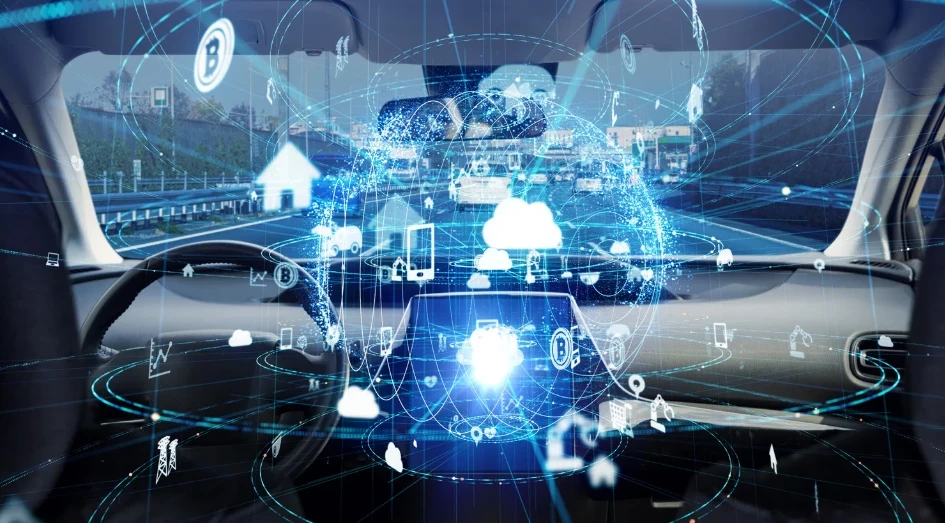Roben Automotive on autonomous vehicles
Add bookmarkAutomotive IQ sat down with Marcel Romijn, Managing Director at Roben Automotive, to talk about autonomous vehicles and the distribution breakdown for OEMs, tier-1, tier-2 and tier-3 market players.
It is expected autonomous vehicles will have hit the road by 2025. How do you foresee prognostics and predictive maintenance to change the after sales market? What kind of distribution breakdown do you foresee for OEMs, tier-1, tier-2, tier-3 market players?
These autonomous vehicles will be less of a car and more public transport environments. And that also means it’s no longer so much a private owned machine. If you look at the difference between cars and trucks and then public transport, there’s much more focus on the predictive maintenance in that area, it’s a much different business model.
So, it’s a requirement actually to be able to do that. As we will never have or accept a bus stranded on the side of the road, in the same way we’ll never have or accept an autonomous vehicle stranded.
An OEM can redefine themselves as making the vehicle in an environment and someone else will be the owner of the entire environment. Of course an OEM can also reposition themselves as making the vehicle plus the environments. And in that new definition it also means that the suppliers in all the different levels will get a new role as well.
But, I don’t think the suppliers will see a lot of difference in that. They will have to deliver more information for prognostics clearly, but their position in the entire chain will still be connected to whoever makes the vehicle and whatever their position is in the chain.
Okay, what current challenges must be overcome in order for predictive maintenance to reach its full potential and be truly beneficial for all vehicles users?
So, the easiest challenge is of course we’re going to generate a lot of data. And we need to find ways to look at the data. And we will not have engineers enough to ever look at all the data that’s coming in. So, to get the benefits out of it, we need something smart. You can call it the data procession, processing environments, anything like that. We will throw away 90% of the data after we’ve got the data and already picked out the interesting data.
The interesting ones for maintenance for example is were want to learn about certain health on the individual component. Go to maintenance only just before we risk breaking down, , be reduced in performance, cause more fuel, etcetera. Once we handle the process of zooming in into the interesting data the benefits already start showing.
Okay. In terms of connectivity and system architecture, what is the current state of the industry in terms of standardization and interoperability? What is being done to improve on this?
Well, there’s been years that there have been little initiatives. And what you see now is really ISOand SAE both stepped up. And they’re still some initiatives which are very much one industry or one region only. . But, the committee members at least of the different committees share a more international fashion.
So, there’s a lot of work to be done to standardize, but at least we are now on the right track after years of discussing and having misunderstandings between OEMs and suppliers.
With an overview on the progression of OBD how would you compare the current technological innovations taking place in the automotive industry to those having occurred in the past? Do you see any similarities or feel there are lessons to be learned from the past?
Well, yes, clearly OBD has been pretty much the first diagnostic system we had in the vehicles and where we had to learn everything from scratch. We first came up with tthings like applying on large scale TypeI and TypeII errors. So, we have false PASS results. We have false FAIL results. And we have a situation where there’s a lot of diagnostic processing data, where there’s a lot of information coming out of diagnostics. And we need to communicate in one way or another to the person that will require the vehicle.
So, definitely we have a lot of lesions learned. We have a lot of methodologies that have been developed. We have a lot of understanding of how statistics apply in these environments. And as we started to have more diagnostic systems, some of them have taken over the lessons of OBD. Some of them have not yet. And we should be taking over those lessons.
And safety diagnostics is something, it has a different target, but its relying on the same problems really. Even something like a security diagnosis could be seen in that way. And now with the prognostics predictive environment it’s the same problem and therefore the method is very similar.
































